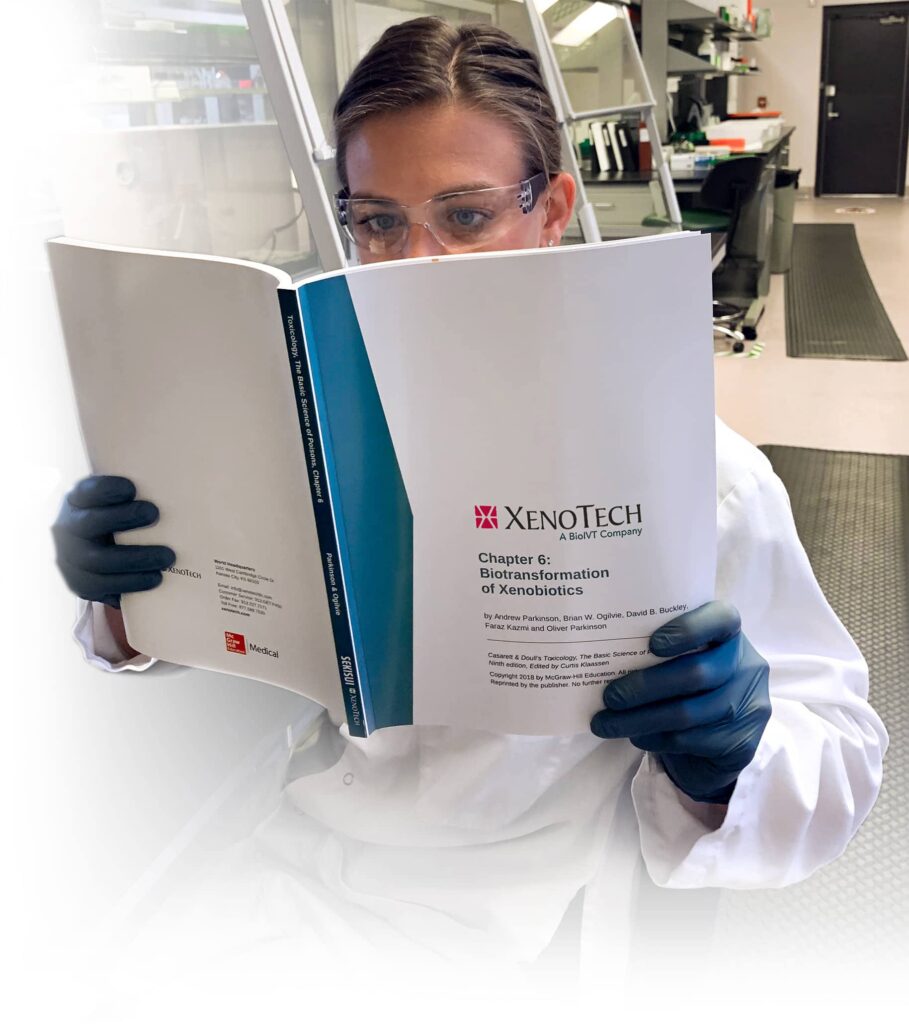
Strategies to improve the predictions accuracy of hepatic intrinsic clearance of three antidiabetic drugs: application of the extended clearance concept and consideration of the effect of albumin on CYP2C metabolism and OAT1B1-mediated hepatic uptake
Ryo Fujino, Kenta Hashizume, Shinsuke Aoyama, Kazuya Maeda, Kiyomi Ito, Kota Toshimoto, Wooin Lee, Shin-ichi Ninomiya, Yuichi Sugiyama
The antidiabetic drugs glibenclamide, repaglinide, and nateglinide are well-known substrates for hepatic uptake transporters of the organic anion transporting polypeptide (OATP) family and metabolizing enzymes of the cytochrome P450 (CYP) 2C subfamily. The systemic exposure of these drugs varies substantially among individuals, impacted by genetic polymorphisms of transporters and metabolizing enzymes as well as drug-drug interactions. The use of the conventional in vitro-in vivo extrapolation (IVIVE) method was found to underestimate their hepatic intrinsic clearance (CLint,all); the clinically observed CLint,all values were ≥10-fold higher than the predicted values from in vitro data. In order to improve the accuracy in predicting CLint,all of these drugs, the following modifications were implemented; i) the extended clearance concept was applied during IVIVE processes, ii) albumin was added to metabolic assays using human liver microsomes (to minimize the impact of intrinsic inhibitors on kinetic parameters for CYP2C-mediated metabolism) and to hepatic uptake assays (to accommodate the enhanced hepatic uptake observed with albumin-bound drugs), and iii) differing rates of efflux and influx via diffusion were used. The IVIVE method with these modifications yielded the predicted CLint,all values from in vitro data in closer agreement with the CLint,all values observed in vivo; the fold differences between the predicted and observed CLint,all values reduced from 13–15 to 5.9–6.7. Our current approach offers an improvement in the prediction of CLint,all and further investigations are warranted to enhance the prediction accuracy of IVIVE.